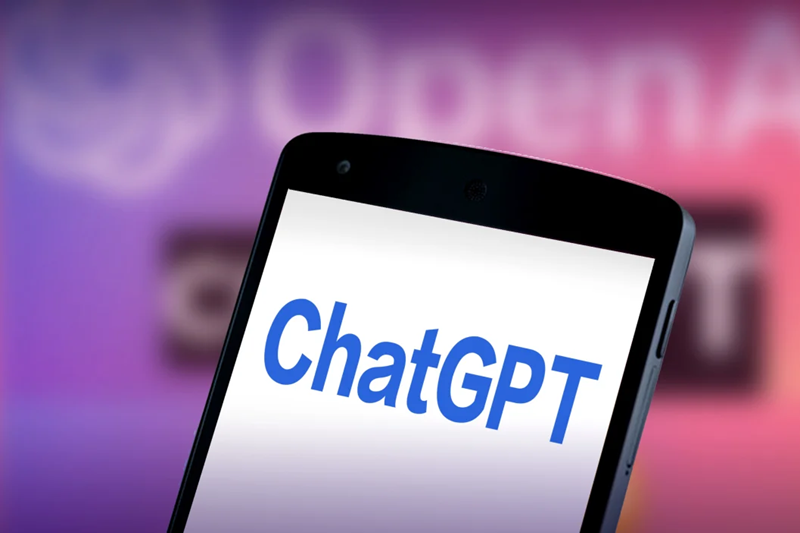
Embracing ChatGPT: A Catalyst for Creativity, Not a Threat
The emergence of ChatGPT, an AI chatbot captivating the digital realm with its human-like text generation, has ignited debates on its potential risks and benefits. While some harbor fears of its capacity to replace, manipulate, or harm, I find myself captivated by the prospect of ChatGPT as a catalyst for creativity.
Contrary to being a sentient entity, ChatGPT is a sophisticated language model, devoid of feelings or thoughts. It operates by learning from data, relying on probabilities, and generating text based on patterns. Lacking goals or intentions, it dutifully responds to user instructions and prompts. The nuances and implications of its output remain beyond its comprehension; it leans on user feedback for refinement.
Acknowledging ChatGPT’s imperfections—manifesting as inaccuracies or potentially harmful text—is not a call for prohibition but a plea for responsible and ethical use. It stands not as a replacement for human intelligence or creativity but as a complementary tool and catalyst. While it sparks exploration of ideas, it cannot dictate what is right, wrong, or true. It inspires writing and learning, yet cannot supplant our innate originality, curiosity, or passion.
Rather than fearing ChatGPT, we should embrace it as a novel means of self-expression and interaction. We must transition from passive consumers to active collaborators, utilizing ChatGPT not as a leader but a companion in creation. Critical thinking should guide our engagement, fostering a partnership where we are neither adversaries nor blind followers but conscious evaluators and friends of ChatGPT.
In conclusion, ChatGPT stands as a beacon of creative potential. The key lies not in resisting its influence but in steering its capabilities towards responsible, ethical, and collaborative ends. Let us embrace ChatGPT as a partner in our creative endeavors, exploring the vast realms of possibility it unfolds.




